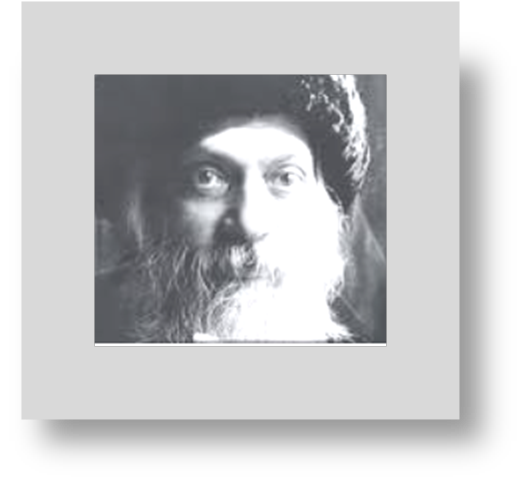Include CWSN in Hindi Day celebration through Hindi sign language
- Lalit Kishore
- Sep 13, 2021
- 2 min read
Updated: Sep 14, 2021

For children with learning disabilities, the vocabulary of basic Hindi is needed to developed through gestures and signing ilinked with micro-poems. Earlier, I had written the artcled"Treat gesturing and signing as first communication and language development milestone": which was published in Meri News, which has been disconti wghich has been discontinued, Here, I reproduce it since is provides suggestions to early childhood to prevent learning disabilities and sets special education for lanuage development of children with learning disabilities. Often the celebration of Hindi Day (September, 14) has become exclusive for normal people.
Dr. Lalit Inshore: Meri News[1]

"Gesturing and signing are innate potentials of children to communicate and formal communications through other modes such as visual and language codes should be found on them through a structured learning experience in an institution for effective cognitive development. Both parents and teachers should learn at least 3o gestures to communicate with their children to meet the first communication developmental milestone of parents," said lead researcher in disability education, Dr Lalit Kishore, at Disha Foundation in Jaipur of Rajasthan.
The paper jointly authored by the lead researcher and Dr Alka Awasthi is titled "Designing and developing gestures-based vocabulary development course for parents for use for their toddlers: An intervention of putting theory into action" and will be presented at the conference at Indian Institute of Education, Pune, to be held on September 25 and 26.
Studies have indicated that there is a positive relationship between language developments of children in the age group of 10-24 months or toddlers with the gestures their parents produce. There are also evidences that children can acquire a gesture-triggered spoken vocabulary of 30-50 words through gestures if systematic deliberate efforts are or intervention is made by the parents and functionaries of child care centers, states the study.
According to researchers, this kind of intervention also leads to early identification of children with special needs and their treatment. Keeping this in view, an early intervention course-ware has been thought to be developed for which the action is on with the following two objectives: (1) To develop a list of 50 gestures and accompanying words with pictures as a base material for skill training of parents; and (2) To develop a triangulated expert validated 10-hour training module for parents of toddlers.
The paper dwells on the design and development methodology and the process analysis of the development of course-ware and training module. The study has implication for action researchers, care-givers and early childhood functionaries to created theory-into-action based literature and materials both for the ECCE functionaries, therapists and caregivers at home, added the researchers.
[1]http://www.merinews.com/article/treat-gesturing-and-signing-as-first-communication-and-language-development-milestone-in-early-childhood-to-prevent-learning-disabilities-study/15931765.shtml




Comments